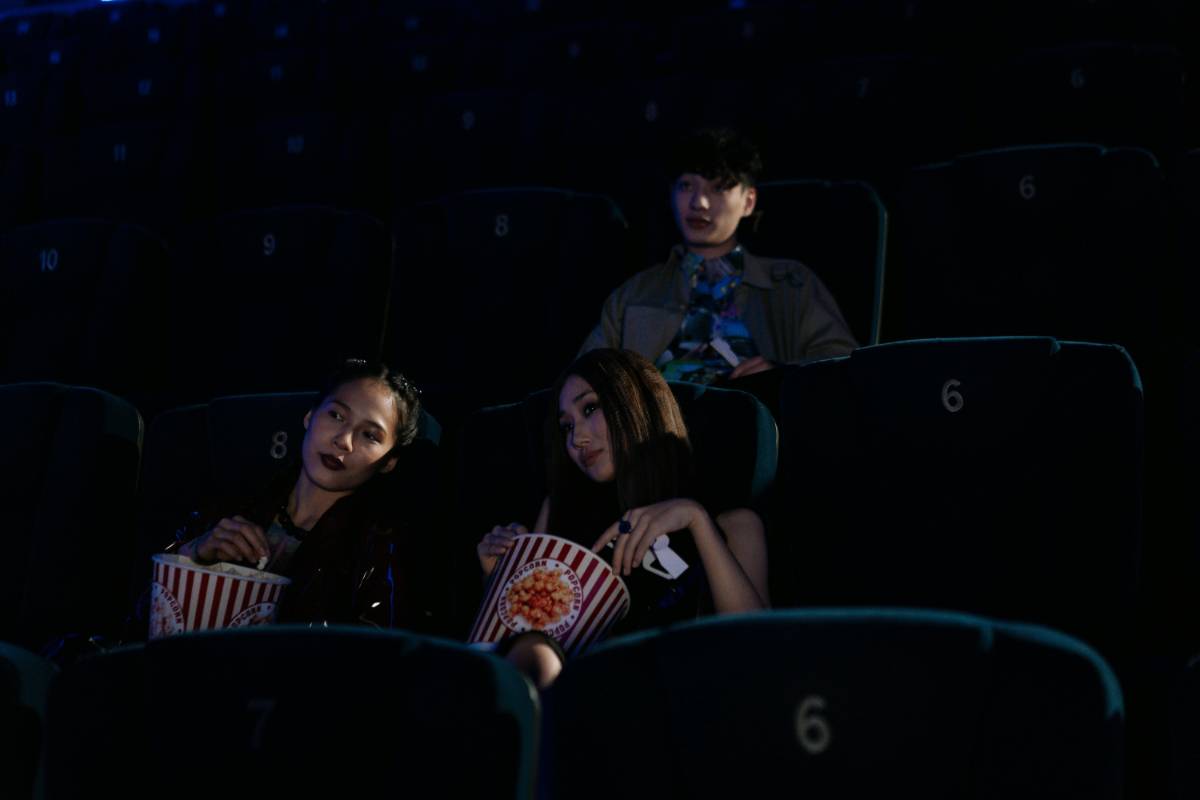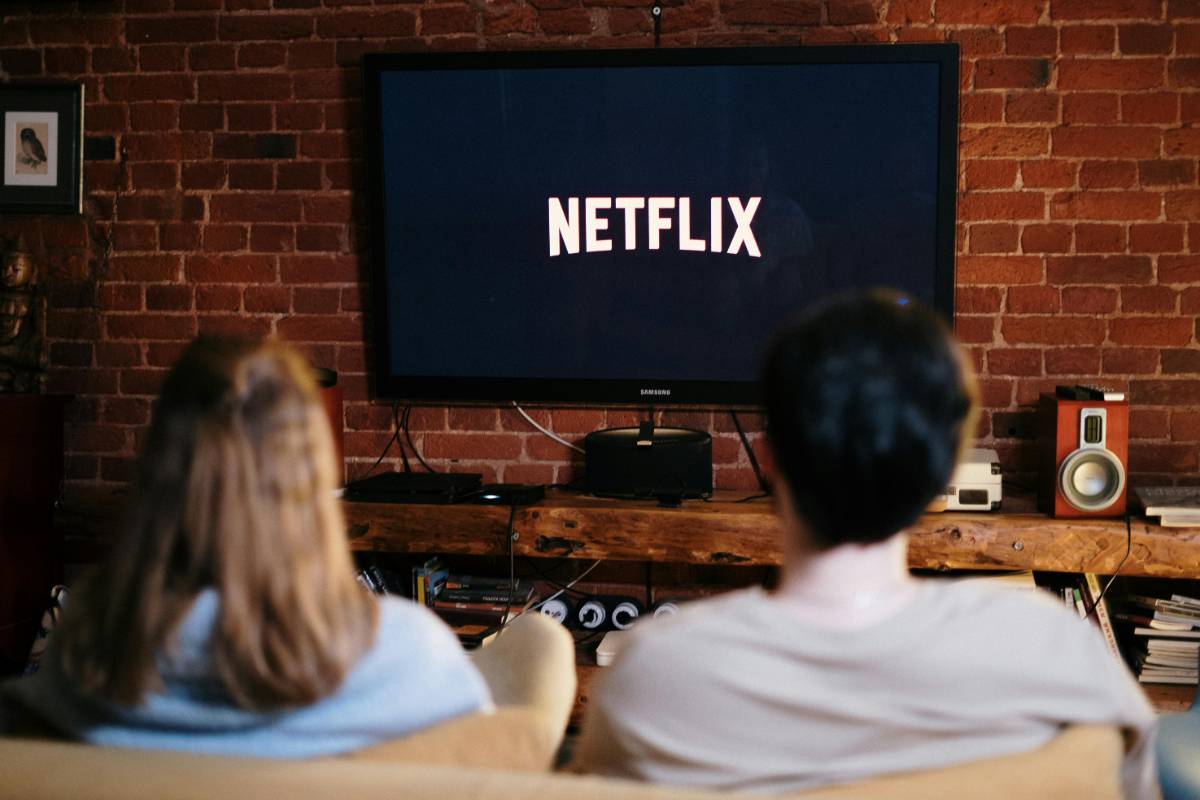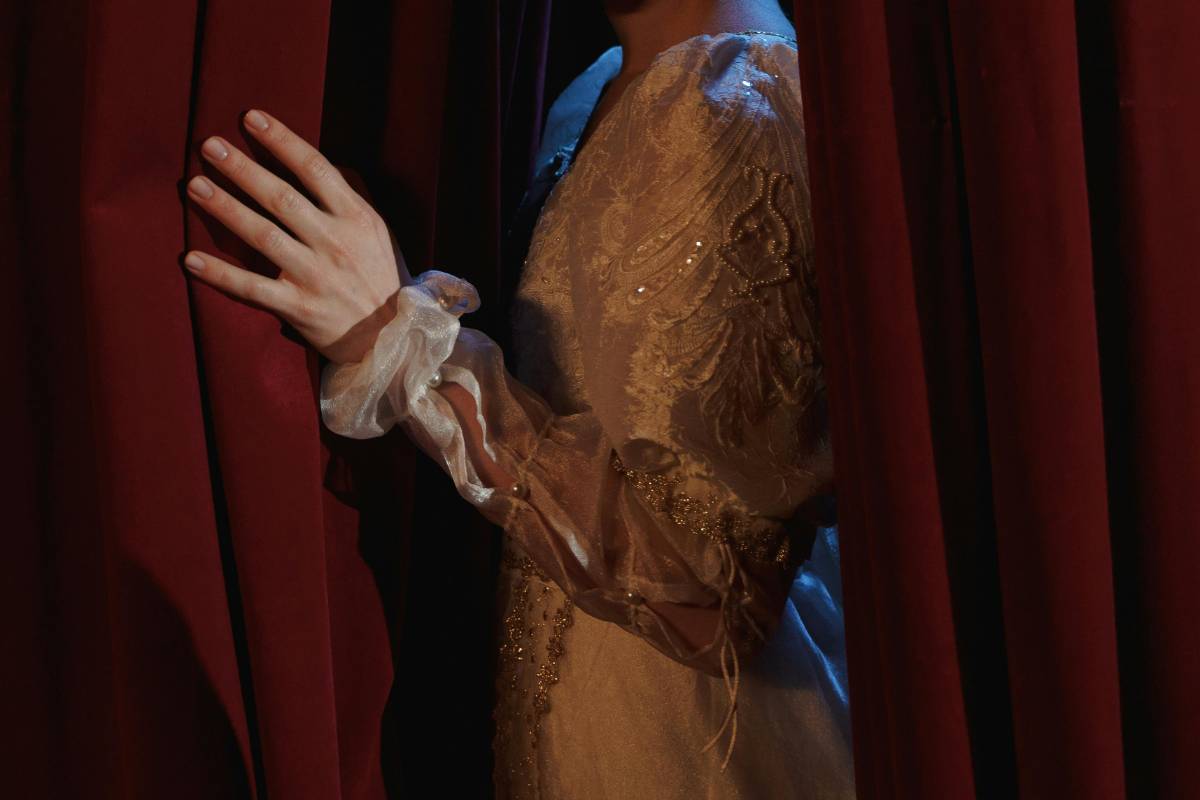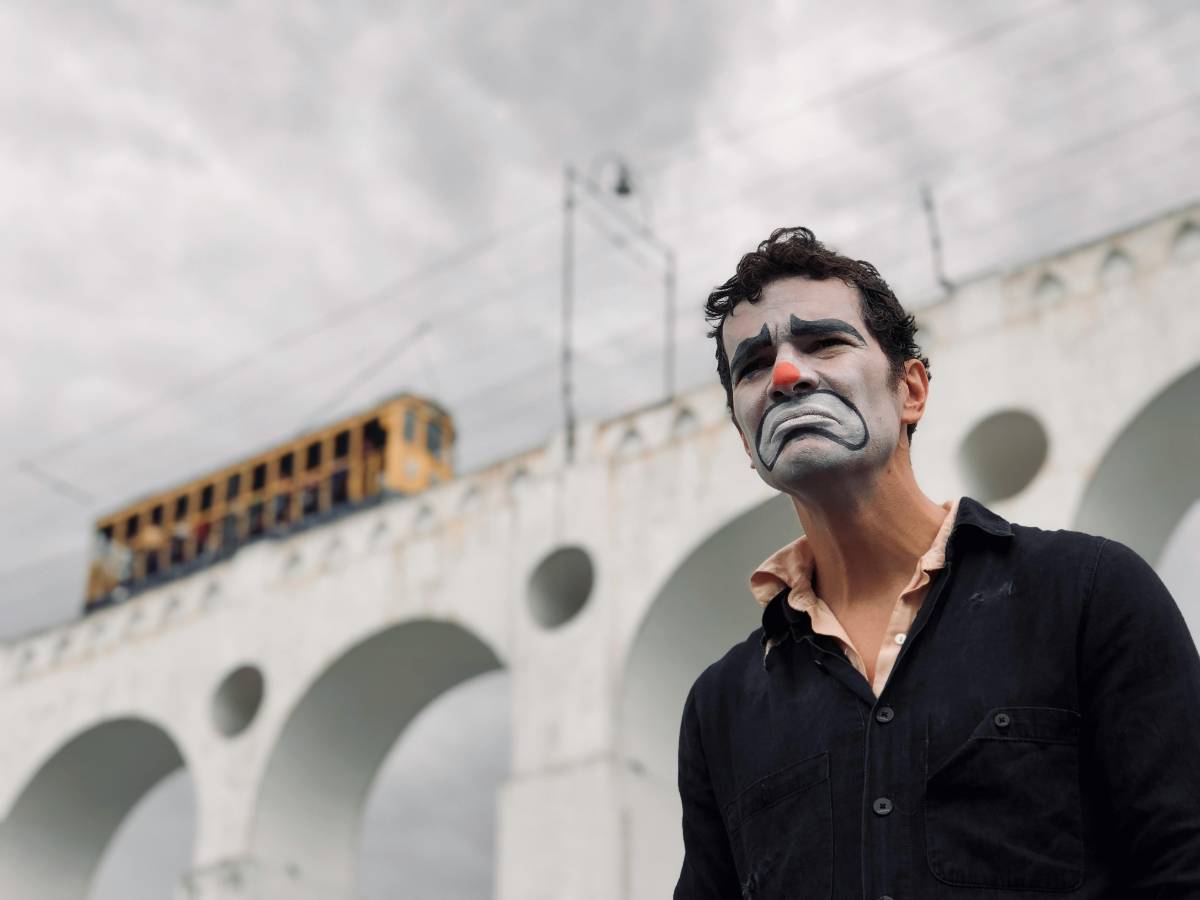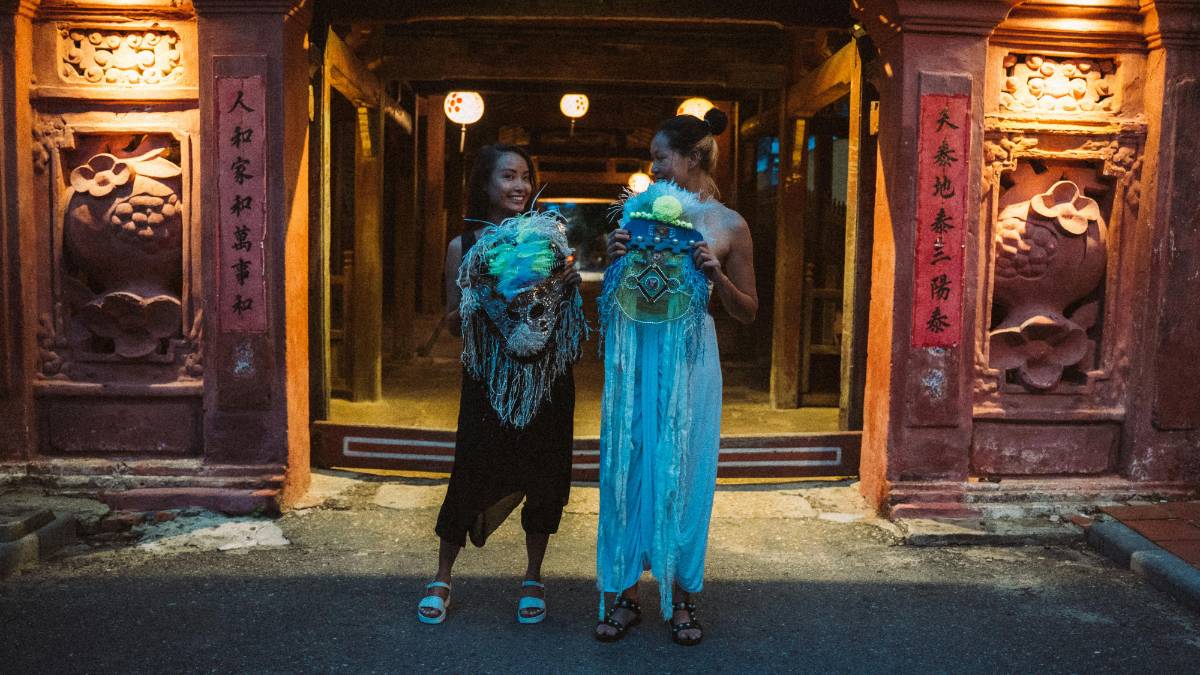How Hollywood Has Shaped the Horror Genre Over the Decades
12 Sep 2025
Read Time: 5 min read
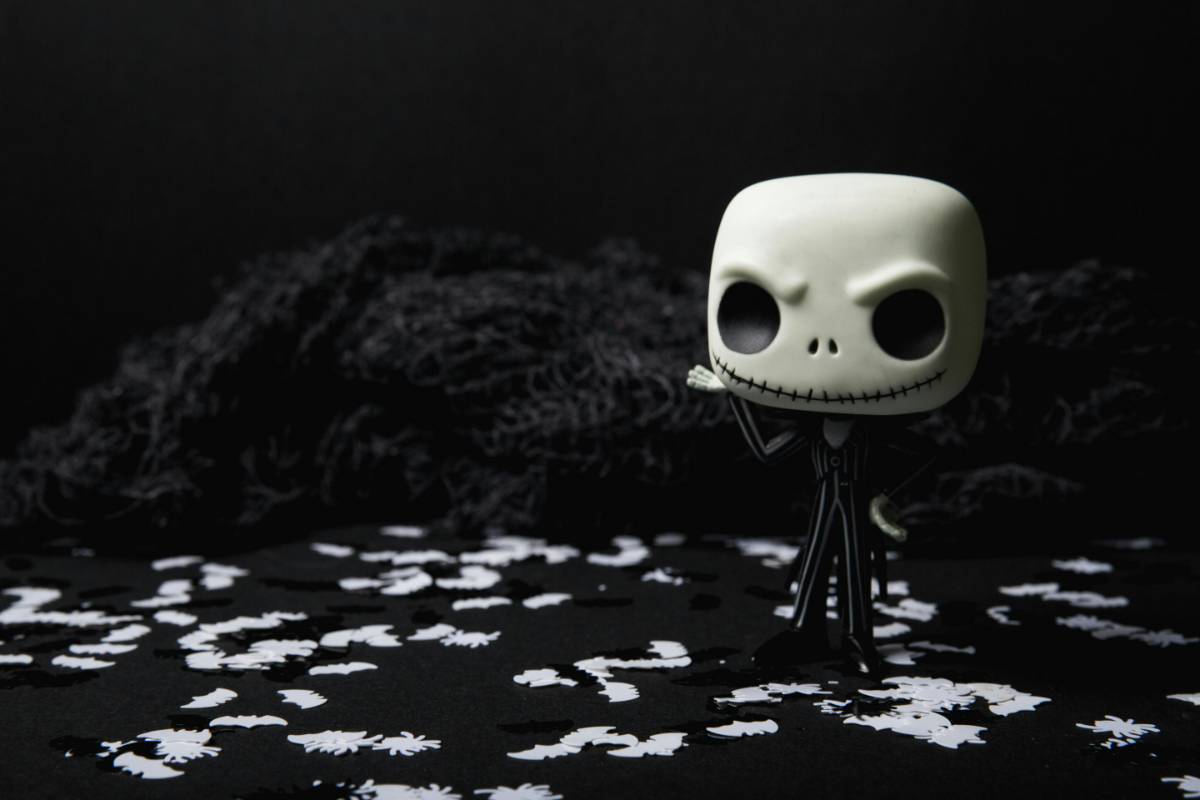
The horror genre has always been an integral part of Hollywood’s cinematic landscape, evolving over the decades to reflect the cultural, social, and technological changes of the times. From eerie black-and-white classics to modern, high-tech thrillers, Hollywood has shaped and reshaped horror in ways that continue to influence filmmakers today.
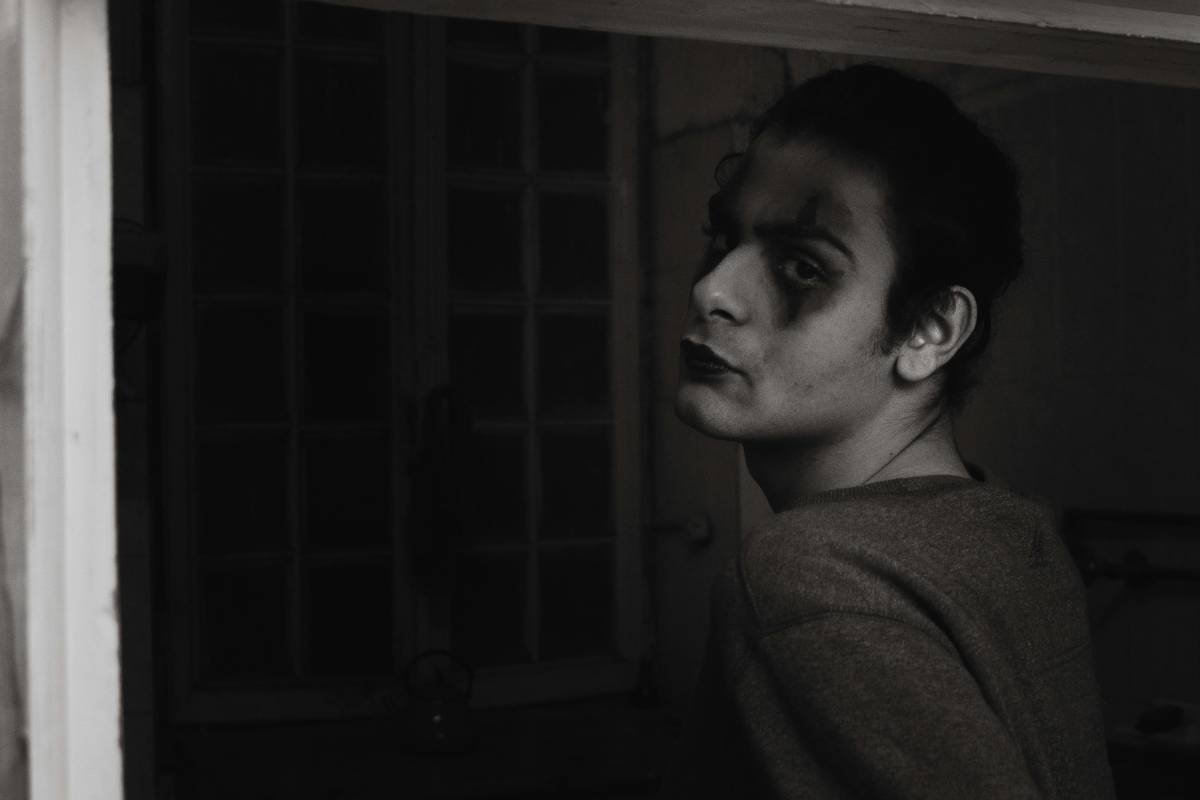 The Birth of Hollywood Horror
The Birth of Hollywood HorrorHollywood’s venture into horror films began in the early days of cinema, with iconic films like “Nosferatu” (1922) and “Dracula” (1931), starring Bela Lugosi. These films brought gothic horror to the mainstream, creating archetypes that would become central to the genre, such as the vampire, the monster, and the haunted house.
The 1930s and 1940s marked the Golden Age of Hollywood horror, where Universal Studios became the undisputed leader in the genre with films like “Frankenstein” (1931) and “The Wolf Man” (1941). These classic monsters became cultural icons, creating a foundation for the genre that would influence generations of filmmakers. The visual style of these films, often featuring elaborate sets and moody lighting, became a hallmark of horror in Hollywood.
Hollywood horror during this era wasn’t just about monsters; it was about the fear of the unknown and the supernatural. The genre provided a window into societal anxieties, from fears about science gone wrong in “Frankenstein” to the growing unease about the power of the occult, which would later inspire films like “Rosemary’s Baby” in the 1960s.
The Evolution: Psychological Horror to Slasher FilmsAs Hollywood entered the 1960s and 1970s, horror began to evolve in response to the social and political climate of the time. Psychological horror came to the forefront with films like Alfred Hitchcock’s “Psycho” (1960) and Roman Polanski’s “Repulsion” (1965). These films focused on the inner turmoil of characters and the terror that comes from the human mind, rather than relying solely on external monsters.
The 1970s also saw the rise of the slasher genre, with films like “Halloween” (1978) and “Friday the 13th” (1980), which introduced the infamous figure of the masked killer. These films, characterized by brutal violence and suspense, became staples of the genre and set the standard for modern horror, influencing countless sequels, remakes, and imitators in the decades that followed.
This era also saw horror take a more graphic turn, as filmmakers pushed boundaries with gory effects and explicit content. This new wave of horror films was both controversial and groundbreaking, with many pushing the limits of what was acceptable in mainstream cinema. The combination of graphic violence and psychological terror created a new type of horror experience that would continue to define the genre.
The 1980s were a boom period for the horror genre, as it became more mainstream and more financially successful than ever before. The decade saw the rise of supernatural horror films, from “The Shining” (1980) to “Poltergeist” (1982), which blended paranormal elements with psychological drama. These films took advantage of the growing use of special effects, creating terrifying and visually stunning experiences for audiences.
In the same era, “A Nightmare on Elm Street” (1984) introduced Freddy Krueger, a new type of villain who could invade your dreams and make them a deadly reality. Freddy became one of the most iconic horror villains in history, symbolizing the rise of supernatural killers in the 1980s. Horror in the 80s had a much more surreal, dreamlike quality, moving away from the grounded fear of previous decades to a more imaginative and unsettling realm.
The 1990s saw horror evolve into a self-aware, postmodern genre with films like “Scream” (1996), which introduced the concept of the "meta-horror" movie, where characters are aware of the horror tropes they are living through. This period marked a significant shift in the genre, as it became more reflective and often satirical, with directors like Wes Craven reinventing the rules and norms of the genre while still keeping audiences terrified.
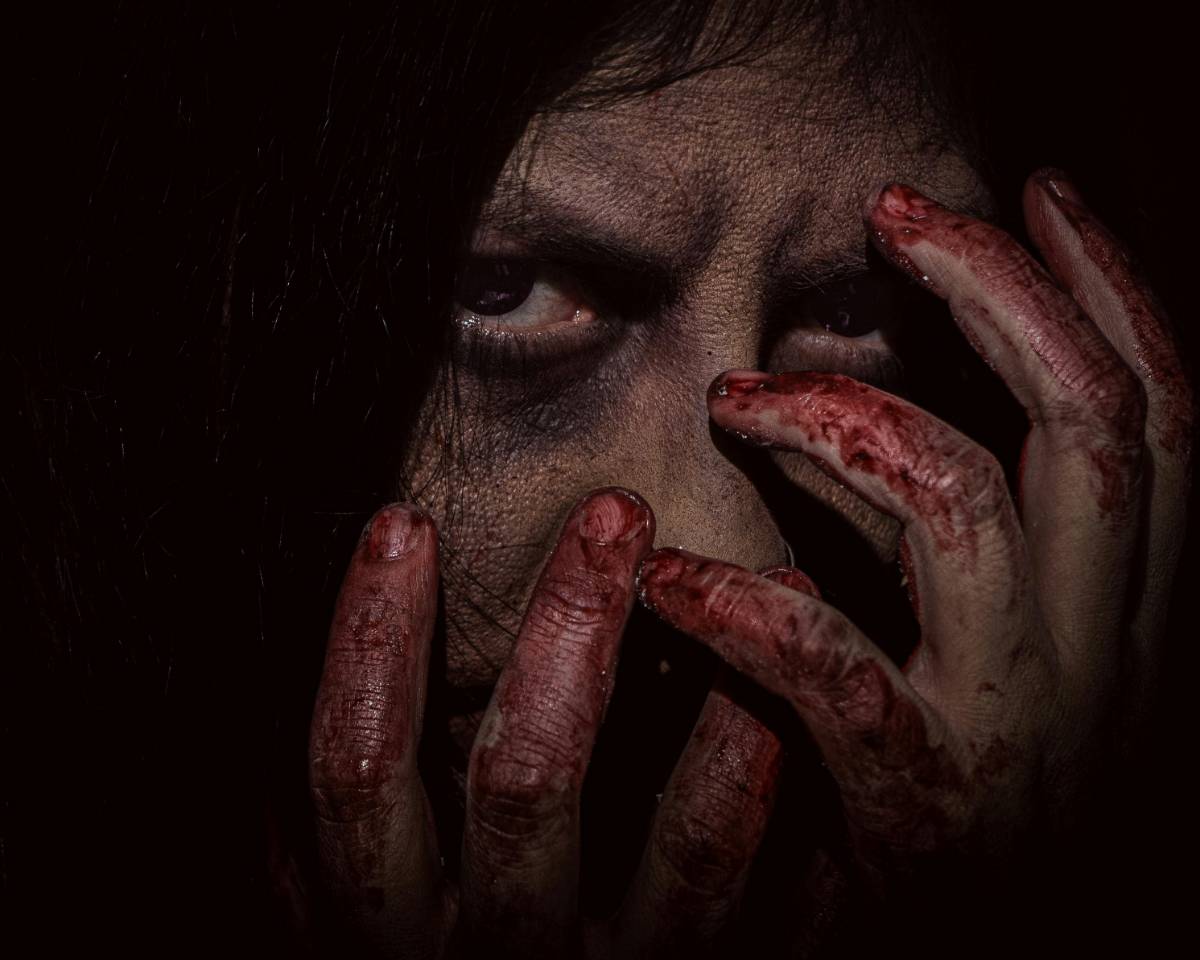
💡 Discover More from Hollywood
In the 2000s and beyond, horror has continued to evolve, blending genres and embracing new forms of storytelling. One of the most significant trends has been the rise of found footage horror, exemplified by films like “The Blair Witch Project” (1999) and “Paranormal Activity” (2007). This format, shot in a documentary-style, gave audiences the feeling that they were watching real events unfold, heightening the tension and fear.
The success of “The Conjuring” franchise and “Insidious” (2010) brought supernatural horror back to the forefront of Hollywood, while filmmakers like Jordan Peele with “Get Out” (2017) have reinvigorated the genre with thought-provoking social commentary. “Get Out,” for example, combines psychological horror with commentary on race relations, offering a fresh perspective on what horror can be in modern cinema.
Additionally, horror has become more diverse and inclusive, with many filmmakers from marginalized communities bringing fresh voices to the genre. From LGBTQ+ themes in “The Babadook” (2014) to the exploration of immigration and identity in “A Quiet Place” (2018), modern horror reflects broader societal fears and challenges, addressing topics that resonate with today’s audiences.
ConclusionHollywood has shaped the horror genre in profound and lasting ways, influencing not just filmmakers but also shaping the fears and anxieties of society itself. As technology, cultural norms, and social concerns evolve, so too does the genre, constantly reinventing itself while still holding on to its roots in fear and suspense. Whether through the classic monsters of the 1930s or the psychological thrillers of today, horror will always be an essential part of Hollywood’s cinematic identity.
Stay Informed
Get the latest and most accurate news delivered straight to your inbox. Subscribe now and never miss an update.

Jyoti Prakash
An insightful voice in the industry, crafting content that informs, inspires, and connects with readers.
View all articles →Continue Reading

Travel
How to Make the Most of Business Class Benefits on Your Next Corporate Flight
By David Thompson
02 Oct 2025

Travel
How to Make the Most of Your Corporate Travel Perks – Expert Tips Inside!
By James Carter
31 Aug 2025
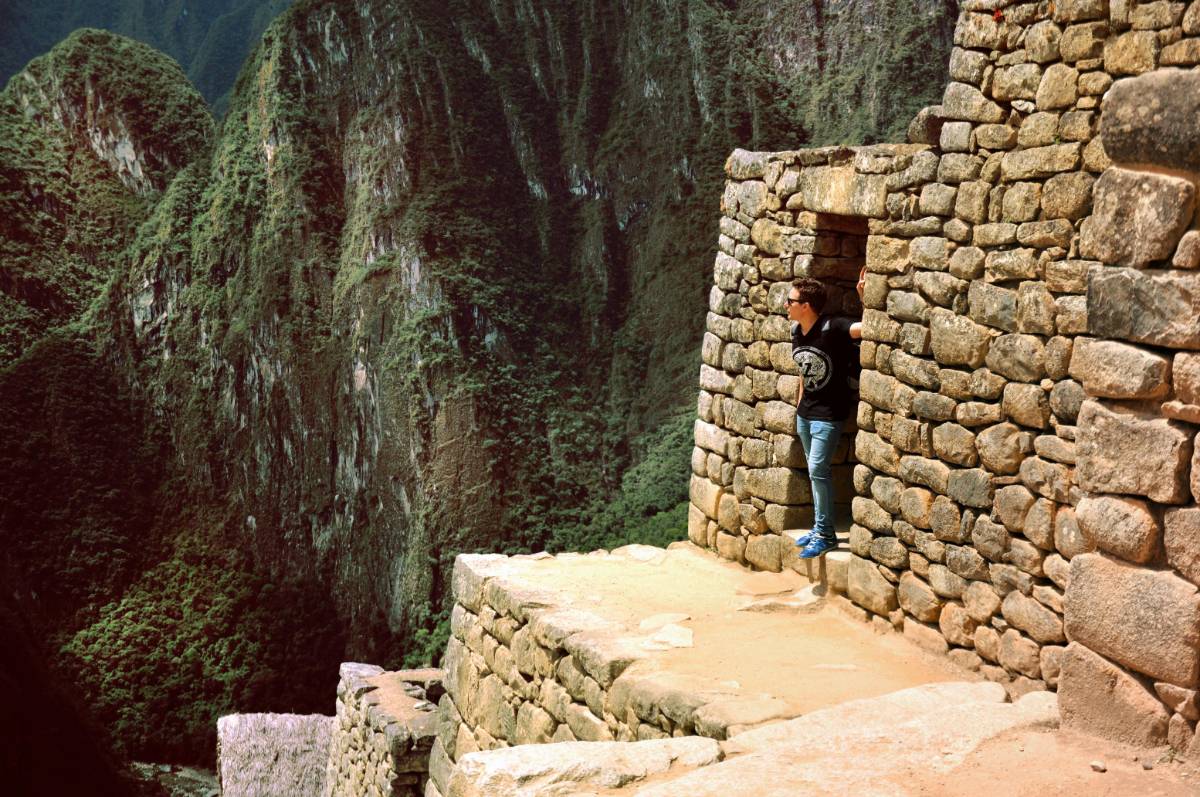
Travel
Exploring Indigenous Cultures: Destinations and Responsible Tourism Tips
By Rahul Sharma
20 Sep 2025

Travel
Why Your Corporate Travel Policy May Be Costing You More Than You Think
By David Thompson
18 Sep 2025

Travel
How to Make the Most of Your Airline Miles – Tips from Travel Experts
By Olivia Mitchell
23 Sep 2025

